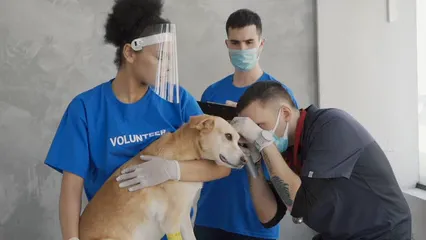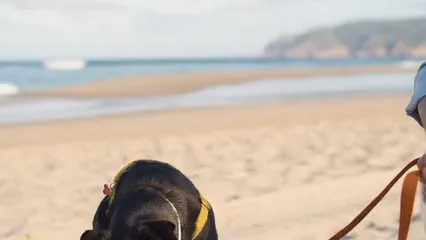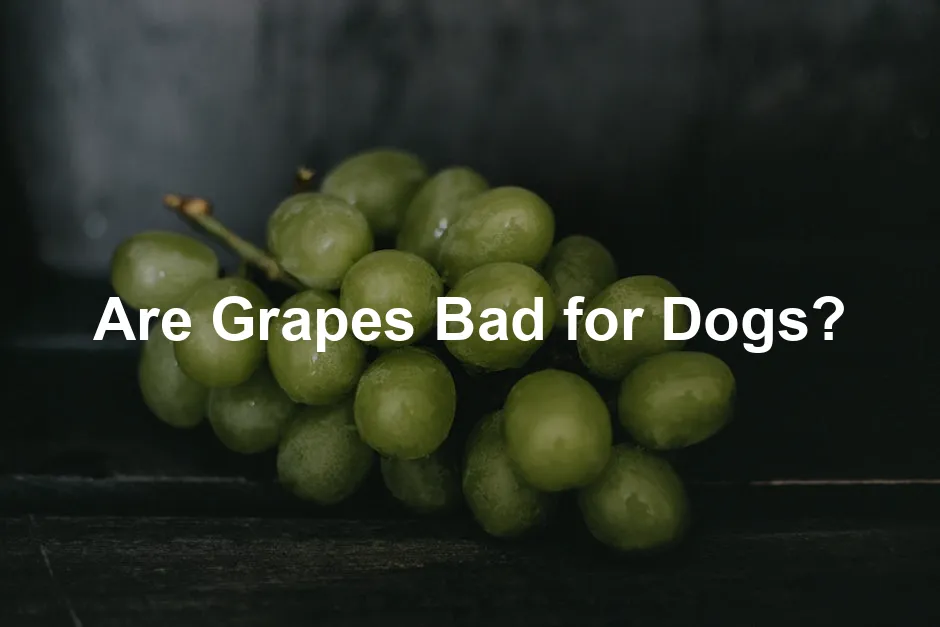Introduction
Grapes can be harmful to dogs. Many people mistakenly believe grapes are safe snacks. Unfortunately, this misconception can lead to serious health risks for your furry friend. Understanding the dangers is crucial for every dog owner.
For more information on the dangers of grapes, check out this essential guide for pet owners.
Summary and Overview
Grapes and raisins are highly toxic to dogs. Even small amounts can lead to severe health issues. The exact toxic component remains unclear, which adds to the concern. Some researchers point to tartaric acid as a potential culprit. Ingesting grapes can cause kidney damage, leading to acute kidney failure. Symptoms may appear within hours of consumption. Vomiting, lethargy, and increased thirst are common signs to watch for. If you suspect your dog has eaten grapes, immediate action is vital. Contact your veterinarian or a poison control center right away to ensure your dog’s safety.
The Toxic Nature of Grapes for Dogs
Understanding Grape Toxicity
Grapes are toxic to dogs, but the reason remains unclear. Research indicates that tartaric acid may be a key factor. This compound exists in all grape varieties, including red, green, and seedless. Studies show that tartaric acid can lead to kidney damage. Unfortunately, not all dogs react the same way; some may suffer severe effects, while others show no symptoms at all. The variability in toxicity can depend on the type of grape and its ripeness. For instance, some grapes contain higher levels of tartaric acid than others. Additionally, there is no established safe amount of grapes for dogs. This unpredictability makes it crucial to avoid giving any grapes or raisins to your pet. If you suspect your dog has eaten grapes, it’s best to err on the side of caution. Always consult your veterinarian to discuss any potential risks.
Symptoms of Grape Poisoning
Early Warning Signs
If your dog ingests grapes or raisins, be on the lookout for early symptoms. Common signs include vomiting and diarrhea, which may occur within hours of ingestion. Lethargy and a noticeable loss of appetite are also significant warnings. You might notice your dog drinking more water than usual or needing to urinate frequently. Recognizing these symptoms early can make a huge difference. If you see any of these signs, act fast! Contact your veterinarian immediately. Quick intervention is essential for the best possible outcome. Remember, being proactive about your dog’s health can save their life. Always keep a watchful eye, especially during snack time!
Advanced Symptoms
When dogs consume grapes, the consequences can escalate rapidly. More severe symptoms indicate potential kidney failure. One major sign to watch for is decreased urination or, in some cases, no urination at all. This can happen within 24 to 48 hours after ingestion. Abdominal pain may also arise, often paired with dehydration. You might notice your dog panting, having a dry nose, or displaying pale gums. These signs indicate significant distress and should not be taken lightly.
Veterinary Treatment
If your dog eats grapes, swift action is crucial. Your veterinarian may administer treatments to counteract the toxicity. The first step often involves inducing vomiting. This usually happens within a few hours after ingestion. Activated charcoal may follow to help absorb any remaining toxins in the stomach. In more severe cases, your dog might need intravenous fluid therapy. This helps maintain hydration and supports kidney function. Continuous monitoring of kidney values is critical during treatment. Vets will check for any signs of kidney damage or failure.
Prevention Tips for Dog Owners
Safe Practices
Preventing grape ingestion is essential for your dog’s safety. Start by storing grapes and dried fruits out of your pet’s reach. Use secure containers or cabinets to keep these fruits inaccessible. Educate your family and visitors about the dangers of grapes. Ensure everyone understands that these fruits are harmful to dogs. Being proactive can help avoid accidental ingestion. Consider safe alternatives for dog treats. Apples, carrots, and blueberries are all tasty and safe options. These treats can provide nutritional benefits without the risks associated with grapes.
For more tips on managing your dog’s health, refer to this guide for new dog owners.
Frequently Asked Questions
Can one grape kill a dog?
Even one grape can be dangerous. Each dog reacts differently. Some dogs may show no symptoms, while others can suffer severe consequences. The risk of toxicity varies widely. Therefore, it’s best to avoid giving any grapes to your dog.
What should I do if my dog eats grape jelly?
Grape jelly can still pose risks. While it may not contain whole grapes, the ingredients can be harmful. Contact your veterinarian or a poison control center for advice if your dog consumes grape jelly.
Are raisins just as dangerous as grapes?
Yes, raisins are equally hazardous. They can cause the same severe health problems, including kidney failure. Keep both grapes and raisins away from your dog to ensure their safety.
When should I contact a vet?
If your dog consumes grapes, contact your vet immediately. Early intervention is crucial for treatment success. Don’t wait for symptoms to develop; act quickly to protect your dog’s health.
What foods should I avoid giving my dog?
In addition to grapes and raisins, avoid these foods: Onions, Garlic, Chocolate, Alcohol, Xylitol (found in sugar-free products), Macadamia nuts, Avocado. Staying informed about toxic foods is essential for your dog’s well-being. Always consult your veterinarian for dietary questions.

Conclusion
Grapes and raisins can be very dangerous for dogs. Their toxicity can lead to severe health issues, including kidney failure. Vigilance and prompt action are vital. If you suspect your dog has ingested these fruits, contact a veterinarian immediately. Share this information with fellow dog owners to raise awareness about these risks. Together, we can help keep our furry friends safe!And remember, a little prevention goes a long way—invest in a Dog Grooming Kit to keep your pup looking pristine and healthy. Regular grooming can help you spot any potential health issues early on!
Please let us know what you think about our content by leaving a comment down below!
Thank you for reading till here 🙂
All images from Pexels





